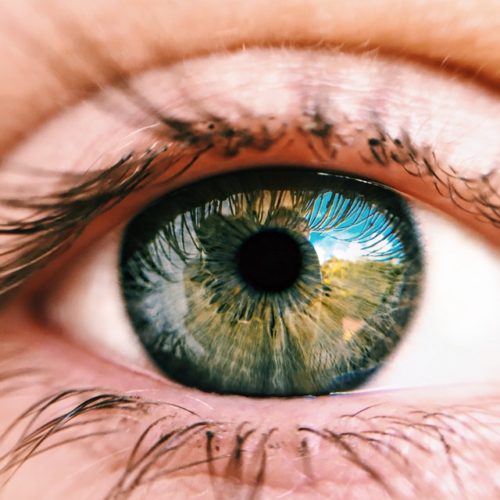The National Eye Institute defines low vision as a visual impairment that is not correctable by glasses, medical or surgery. It is a condition caused by an eye disease that results in 20/70 vision or poorer in the best eye (Scheiman et al., 2007). Low vision usually refers to how visual impairment interferes with function and one’s ability to complete activities of daily living, versus what you can/cannot see.
Both children and adults are susceptible to attaining a visual impairments. Common systemic conditions that may cause visual impairments include (but not limited to): diabetes, hypertension, cerebrovascular disease, artherosclerotic disease, human immunodeficiency virus with cytomegalovirus infection, vitamin A deficiency, and infections involving the eyes. Specific eye conditions may also cause visual impairments and are usually due to aging: macular degeneration, cataracts, and glaucoma to name a few.

